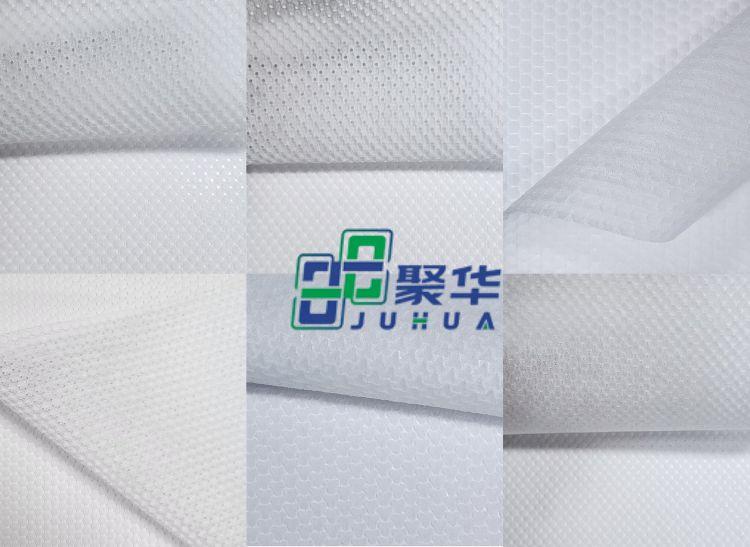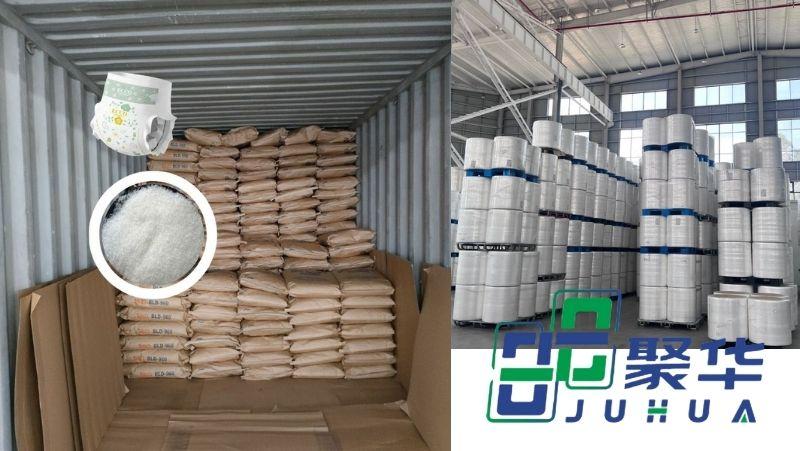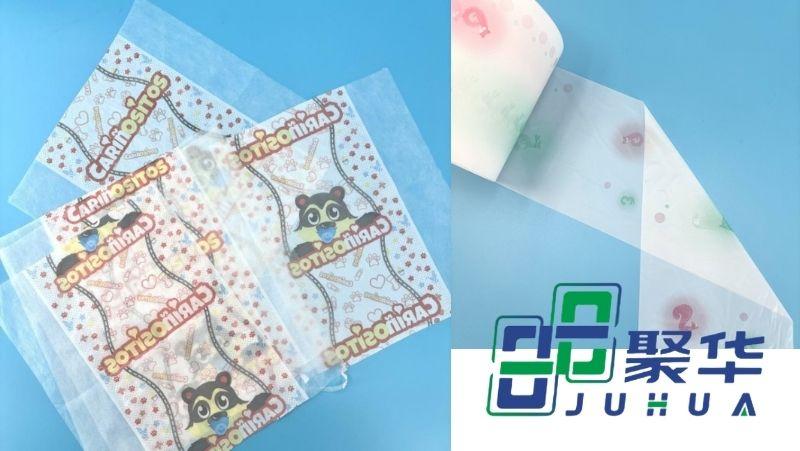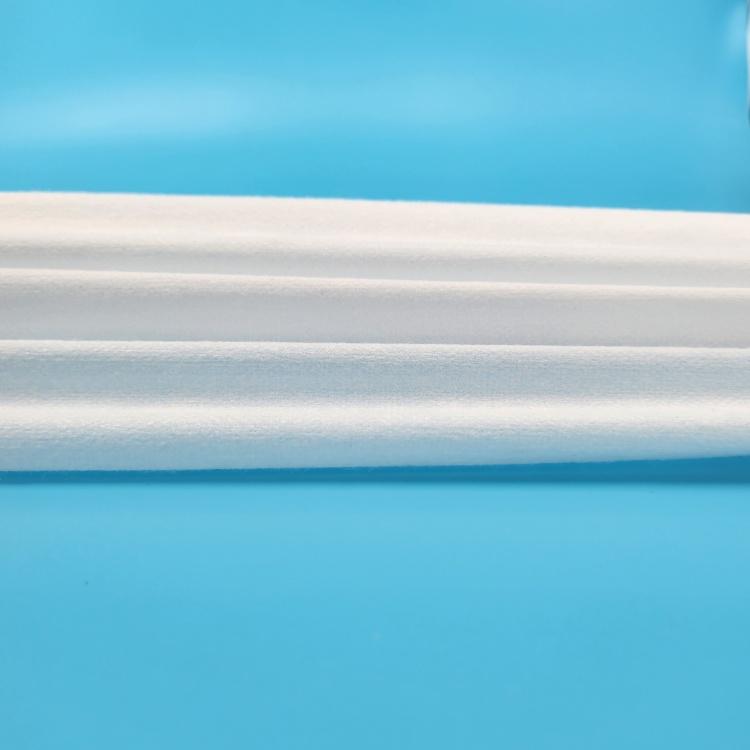In the production of disposable children's diapers, the choice of materials directly determines the product's performance, comfort, and market competitiveness. As a B-end customer, you need to have a deep understanding of the core materials of diapers in order to create higher quality products that better meet market demand for your brand. This article will provide a detailed analysis of the key materials and characteristics of disposable children's diapers, helping you gain an advantage in supply chain selection and product development.
1. Surface material: non-woven fabric - the first line of defense for skin friendliness and breathability
The surface layer is the part of the diaper that comes into direct contact with the baby's skin, and its material needs to have softness, breathability, and quick flow capacity. At present, the mainstream surface materials are spunbond nonwoven and through air bonded nonwoven.
Spunbond non-woven fabric: It has high strength and wear resistance, suitable for products that require higher durability.
Hot air non-woven fabric: softer and more fluffy, with a touch closer to cotton, which can significantly improve the comfort of babies' wearing.
In order to further enhance the functionality of the surface layer, many high-end products will add antibacterial agents or skincare ingredients to reduce the incidence of red buttocks. We can choose non-woven fabric materials with different weights, textures, and functionalities according to the needs of the target market.

2. Absorbent core: a golden combination of SAP and fluff pulp
The absorbent core is the core functional layer of diapers, responsible for quickly absorbing and locking in liquids. Its main materials include SAP and Fluff Pulp.
SAP:
SAP is a polymer material with super strong water absorption ability, which can absorb liquids weighing tens of times its own weight and lock them in to prevent backflow.
Fluff Pulp:
Fluff pulp, as the carrier of SAP, can evenly distribute SAP particles while providing certain water absorption and flow guiding functions.
The ratio of SAP to fluff pulp can be adjusted according to product positioning. For example, high-end products can increase the usage of SAP to improve absorption performance; Economic products can increase the proportion of fluff pulp appropriately to reduce costs.

3. Leak proof edge material: elastic non-woven fabric and water repellent non-woven fabric
Leak proof edge separation is a key structure to prevent side leakage, usually using a combination of elastic non-woven fabric and water repellent non-woven fabric.
Elastic non-woven fabric: It has good elasticity and can fit the curves of the baby's thighs to prevent urine leakage.
Water repellent non-woven fabric: After special treatment, it has waterproof function and can effectively block liquid penetration.
Can choose materials with different elasticity and water repellent properties according to product design requirements to achieve better leak prevention effects.
4. Backsheet material: Breathable PE film - a balance between leak prevention and breathability
The backsheet material needs to have both leak proof and breathable functions. Currently, the mainstream materials are breathable PE film and composite film.
Breathable PE film: Through microporous technology, it allows air to pass through but prevents liquid from penetrating, which can prevent urine leakage and expel moisture, keeping the baby's buttocks dry.
Clothlike film: By combining breathable PE film and non-woven fabric, it is more breathable and comfortable.

5. Waist and leg circumference materials: Comfortable guarantee of elastic materials
Waist and leg circumference are the fitting parts of diapers, usually made of elastic non-woven fabric material.
Elastic non-woven fabric: Low cost, suitable for economical products.
Suitable elastic materials can be selected based on product positioning to balance cost and performance.

6. Material selection suggestions: How to create differentiated products for your brand
High end market: Choose hot air non-woven fabric, high content SAP, Lycra elastic material, and introduce environmentally friendly innovative materials to create high-quality, high value-added products.
Mid end market: Balance performance and cost, choose spunbond non-woven fabric, moderate SAP content, and elastic non-woven fabric to meet the needs of most consumers.
Economic market: Optimize costs and choose materials with high cost-effectiveness, such as ordinary non-woven fabric, lower SAP content, and traditional PE film.
The material selection of disposable children's diapers is the key to product success. You can choose the appropriate material combination based on the needs of the target market and product positioning to create competitive products. We focus on providing customers with high-quality diaper material solutions. Please feel free to contact us for more product information and customized services.
Contact us immediately and embark on your journey of upgrading diaper materials!



